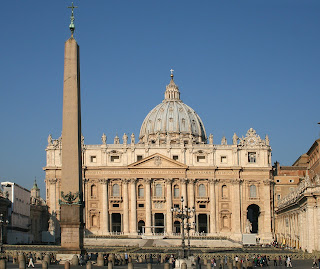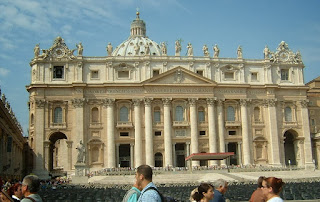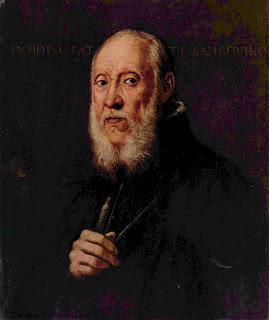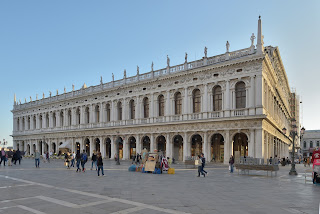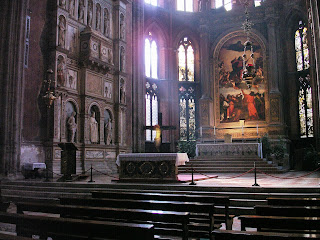 |
| Gaspara Stampa is seen by some as Italy's greatest female poet |
Beautiful sonnets were inspired by unrequited love
Gaspara Stampa, the greatest female poet of the Italian Renaissance, died on this day in 1554 in Venice at the age of 31.
She is regarded by many as the greatest Italian female poet of any age, despite having had such a brief life.
Gaspara was born in Padua and lived in the city until she was eight years old. Her father, Bartolomeo, had been a jewel and gold merchant, but after he died, Gaspara’s mother, Cecilia, took her three children to live in Venice. They were accommodated in the house of Geronimo Morosini, who was descended from a noble Venetian family, in the parish of Santi Gervasio and Protasio, now known as San Trovaso.
Along with her sister, Cassandra, and brother, Baldassare, Gaspara was educated in literature, music, history and painting. She excelled at singing and playing the lute and her home became a cultural hub as it was visited by many Venetian writers, painters and musicians, among them Francesco Sansovino, a poet and writer who was the son of the great Florentine architect, Jacopo Sansovino.
Gaspara dedicated most of her poems to Count Collatino di Collalto of Treviso, with whom she had an affair.
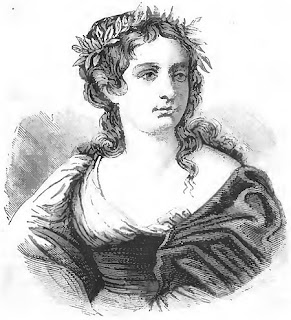 |
| Much of Gaspara Stampa's best work came after she had suffered a break-up with her lover |
Only three of her poems were published during her lifetime although many were circulated among her literary friends in Venice.
Gaspara went to live in Florence for some time because of poor health, hoping that the milder climate might help her. But on her return to Venice in 1554 she became ill with a fever and died after 15 days on April 23. The parish register recorded the cause of her death as ‘fever, colic and mal di mare', which today would be understood as 'seasickness', although the theory has also been put forward that it could have been a suicide.
The first edition of Gaspara Stampa’s poetry, Rime di Madonna Gaspara Stampa, was published in Venice six months after her death.
Gaspara’s 311 poems are considered to be the most important collection of female poetry of the 16th century. They were edited by Gaspara’s sister, Cassandra, and the edition was dedicated to the Florentine poet and writer, Giovanni della Casa.
The 19th century German poet, Rainer Maria Rilke, refers to Gaspara Stampa in the first of his Duino Elegies, which were written while he was staying at Duino Castle on the Adriatic coast near Trieste. The Duino Elegies are now considered his greatest work.
| Giotto's extraordinary decoration of the Scrovegni Chapel. which is one of the highlights of a visit to Padua |
The city of Padua in the Veneto, where Gaspara Stampa was born, is one of the most important centres for art in Italy. Padua has become acknowledged as the birthplace of modern art because of the Scrovegni Chapel, the inside of which is covered with frescoes by Giotto, an artistic genius who was the first to paint people with realistic facial expressions showing emotion. His scenes depicting the lives of Mary and Joseph, painted between 1303 and 1305, are considered his greatest achievement and one of the world’s most important works of art.
 |
| The two facades of the Chiesa di San Trovaso, the centrepiece of the neighbourhood of the same name |
San Trovaso is a neighbourhood within the Dorsoduro sestiere of Venice, just across the Accademia Bridge from the bustle of San Marco. At its heart is the Chiesa di San Trovaso, a church dedicated to the saints Gervasio and Protasio, rebuilt in 1584 on the site of a former church built in the 11th century. The church contains works of art by Domenico Tintoretto as well as his father, Jacopo, and by Michele Giambono and Palma il Giovane. The church is unusual in that it has two facades, one looking out across the Rio de San Trovaso canal, the other facing the Rio del Ognisanti. San Trovaso is also home to Venice’s oldest working gondola yard, the 17th-century Squero di San Trovaso, one of only two surviving squeri in Venice.
More reading:
Giovanni della Casa - the 16th century advocate of etiquette and good manners
Petrarch - the Renaissance poet whose work helped shape the modern Italian language
The death in Florence of English poet Elizabeth Barrett Browning
Also on this day:
1857: The birth in Naples of opera composer Ruggero Leoncavallo
1939: The birth of Stefano Bontade, a Sicilian Mafia boss with links to ex-PM Giulio Andreotti
1964: The birth of orchestral conductor Gianandrea Noseda
Home









